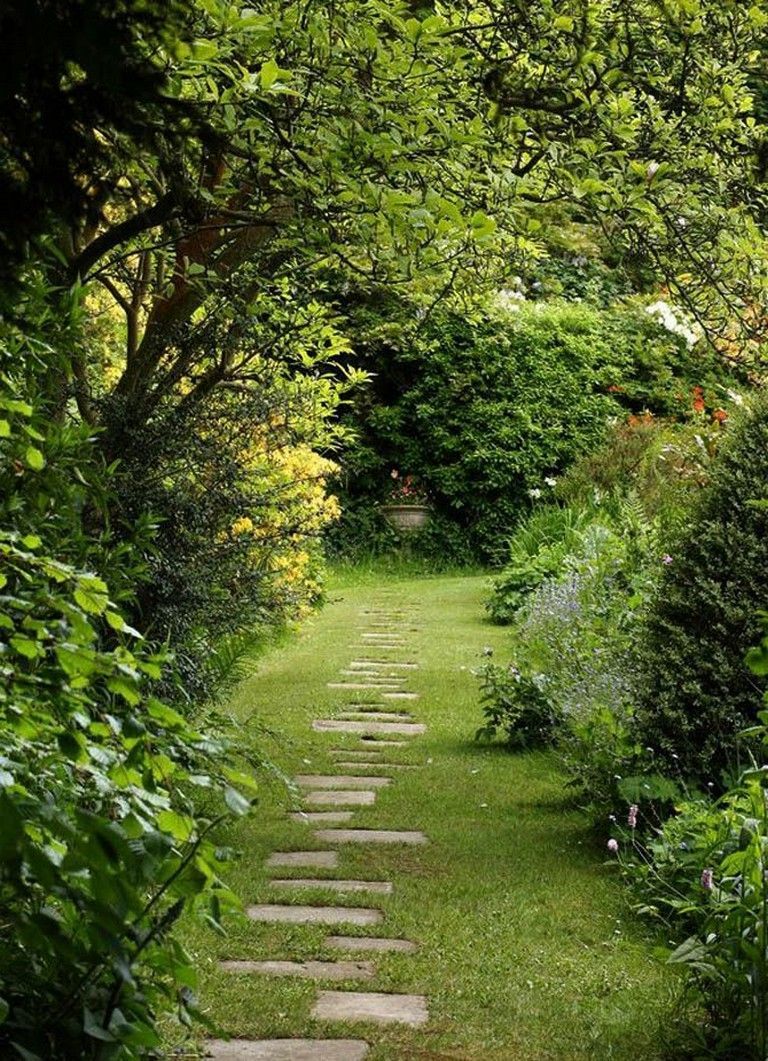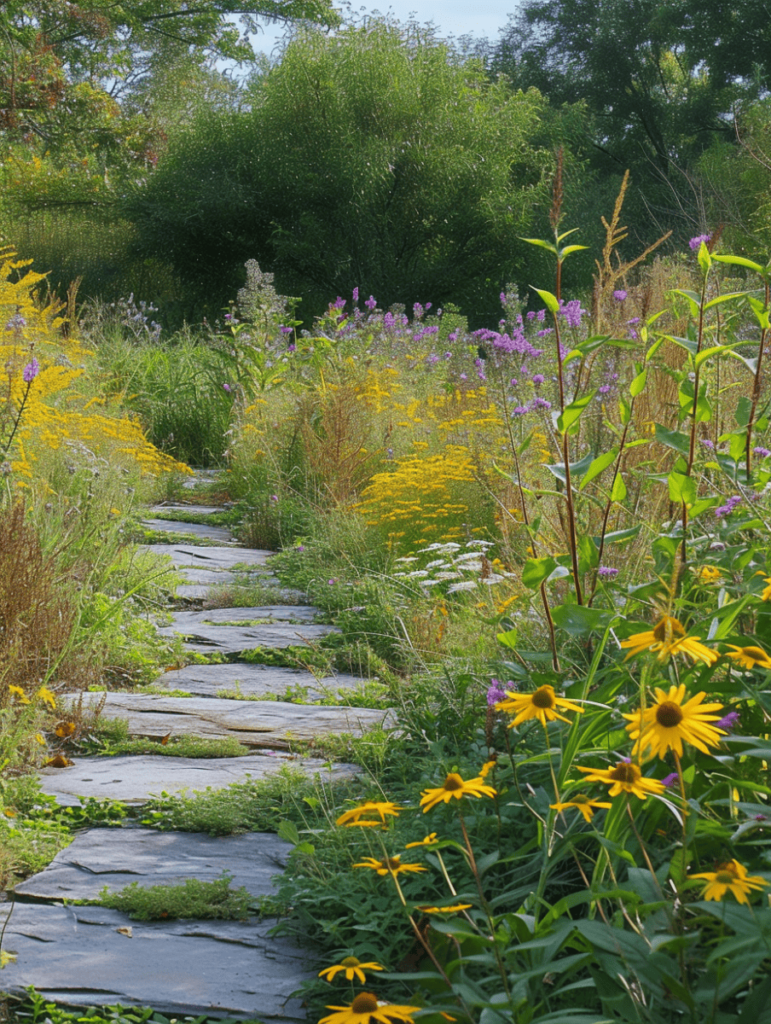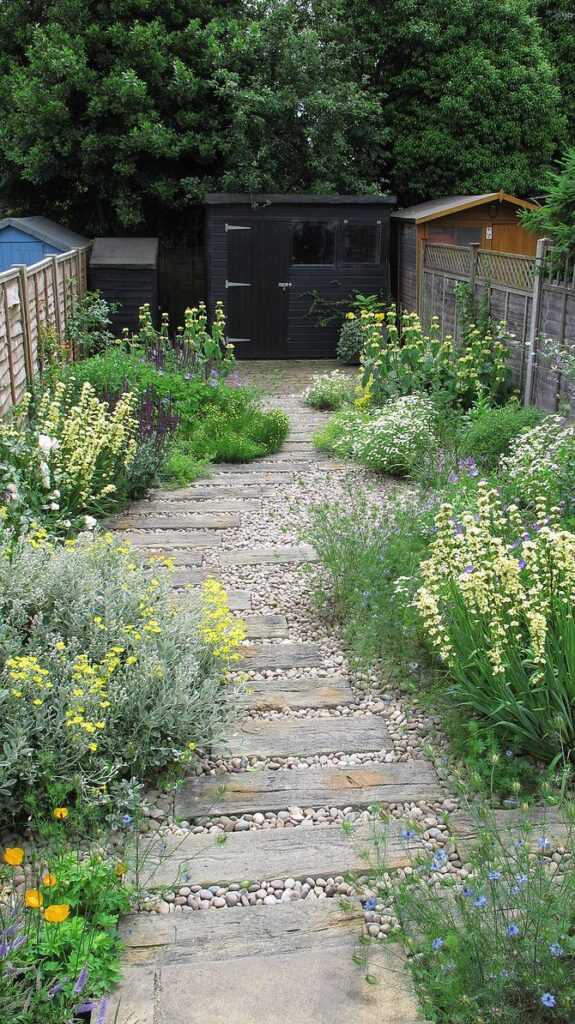Garden paths are an essential element in any garden design, providing both functionality and aesthetics. A well-planned garden path can enhance the overall look of a garden, creating a sense of structure and organization. It also serves a practical purpose by guiding visitors through the various areas of the garden and preventing trampling on delicate plants.
There are many different materials that can be used to create garden paths, including gravel, flagstone, brick, and concrete. Each material has its own unique characteristics and can be chosen based on the desired aesthetic and maintenance requirements. Gravel paths, for example, are relatively easy to install and can provide a casual, informal look to a garden. On the other hand, flagstone paths are more formal and can add a touch of elegance to a garden.
The layout of a garden path is also an important consideration when designing a garden. Curved paths can create a sense of mystery and intrigue, while straight paths can provide a sense of order and symmetry. The width of the path should also be taken into account, with wider paths allowing for easier passage and the ability to accommodate seating or decorative elements.
In addition to aesthetics, it is important to consider the practical aspects of a garden path. The path should be wide enough to comfortably accommodate foot traffic and should be level and free of obstacles to ensure safe passage. Lighting can also be added to a garden path to enhance its functionality and usability, especially in the evening or nighttime hours.
Overall, garden paths are an essential part of any garden design, providing both function and beauty. By carefully considering the materials, layout, and practical considerations of a garden path, you can create a welcoming and inviting space that will be enjoyed by visitors for years to come.

















